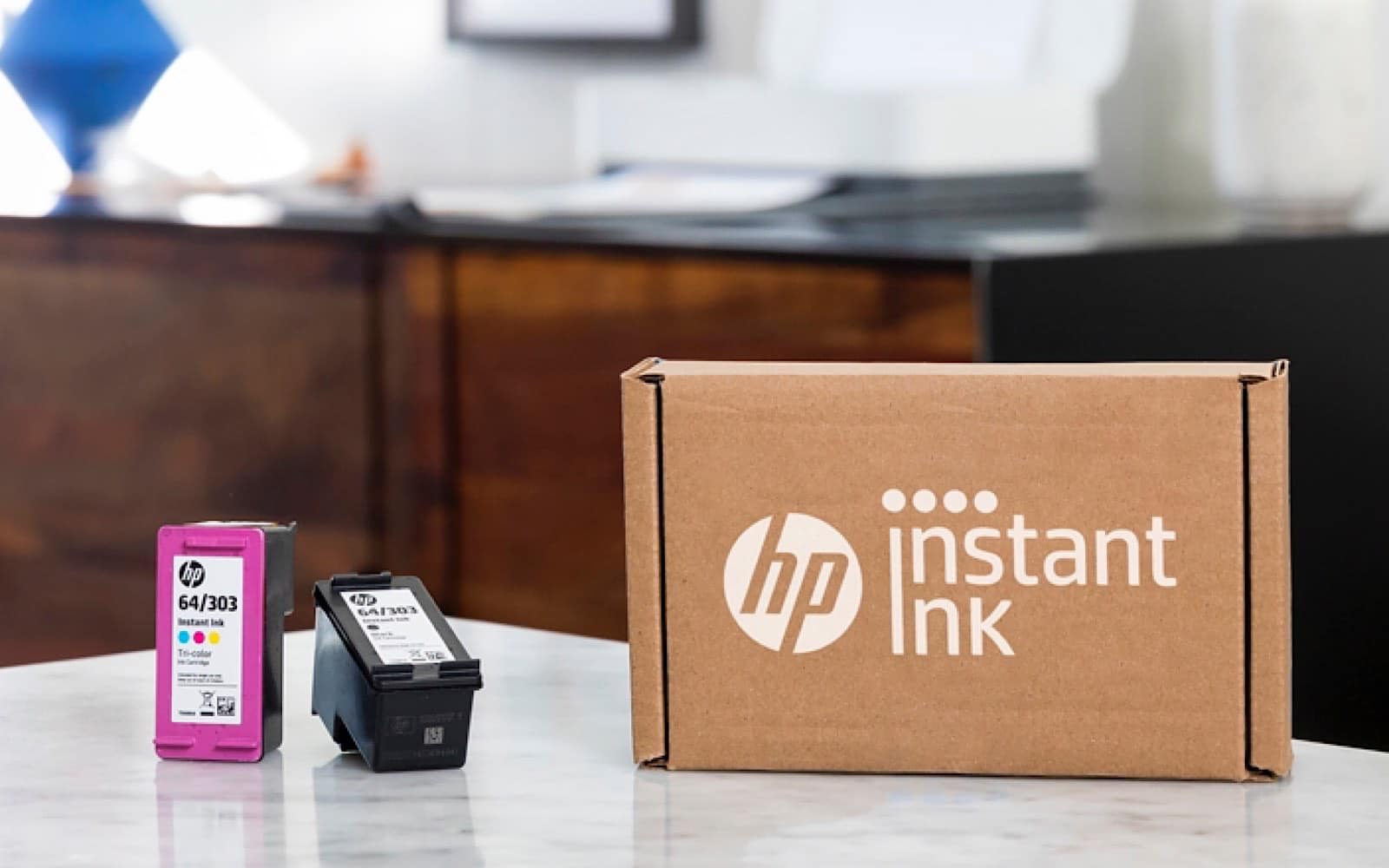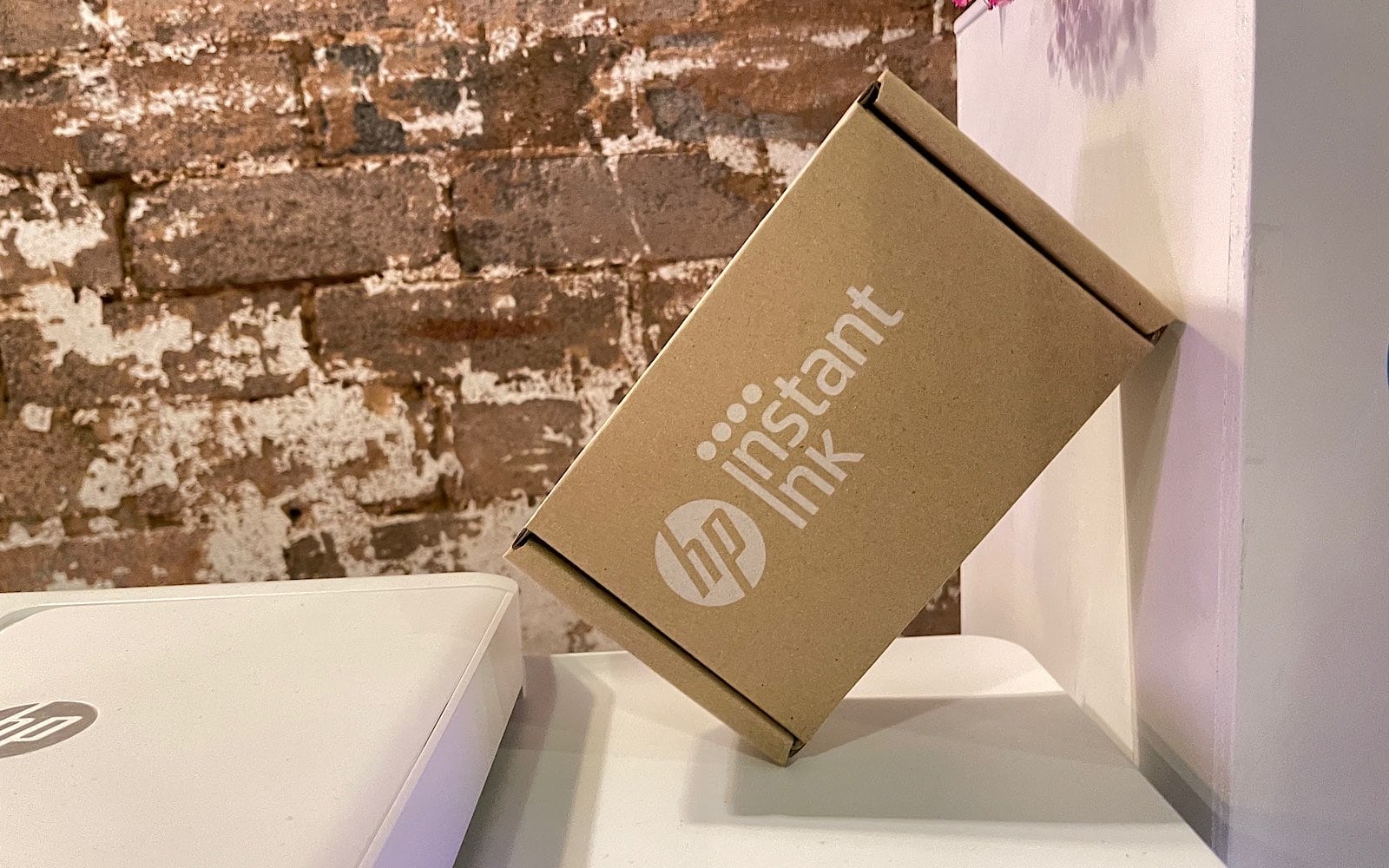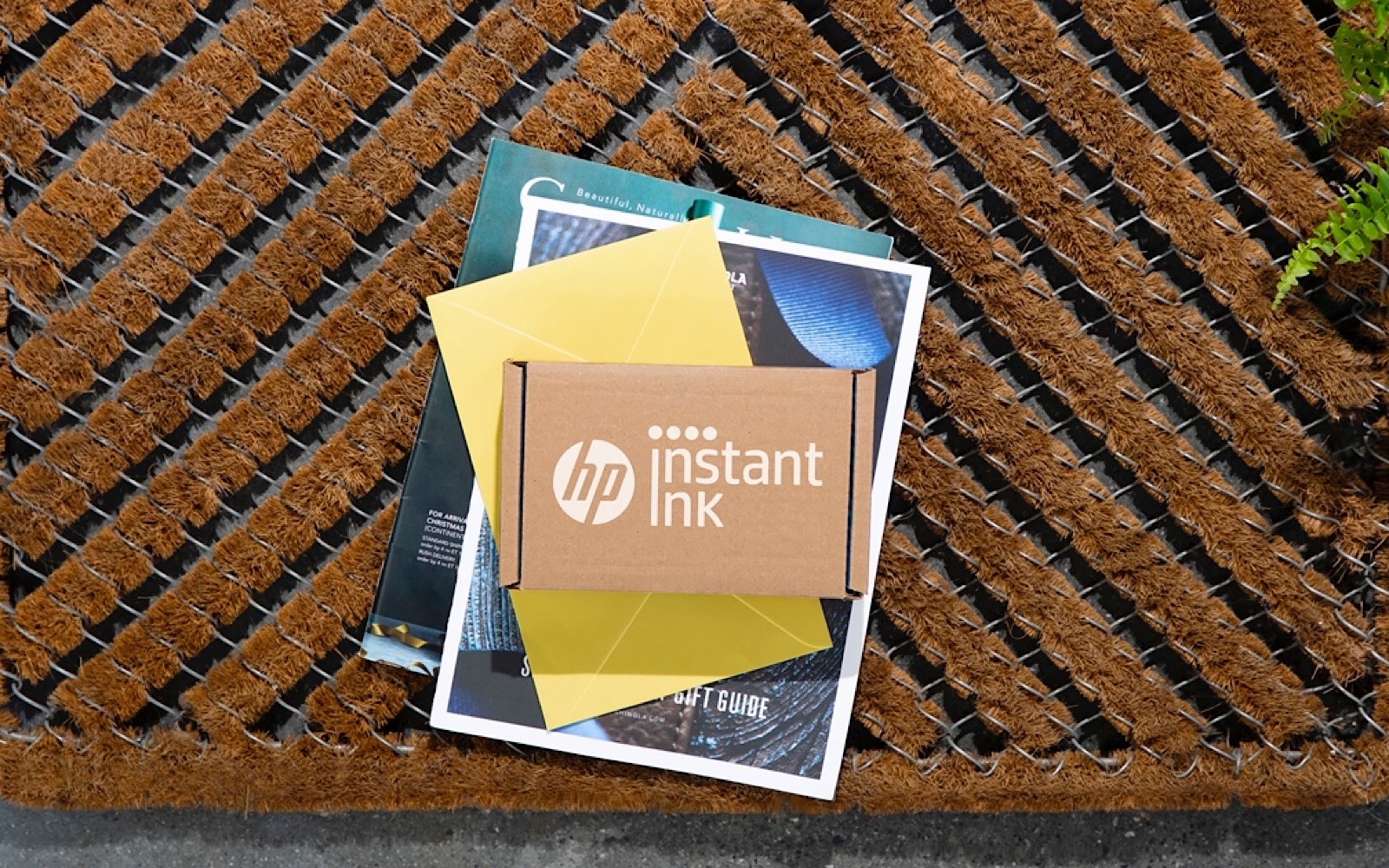Whether you print a little or a lot, HP’s firmware controlled printer ink is an interesting approach that could end up annoying you, or even saving you money.
You won’t find a lot of reviews typically on printers because people don’t always buy them. They’ve become more popular in the Covid WFH world we all live in, now that we may need to print a little more at home, but they’re not always the big ticket item that draws search.
However one question we’re asked like clockwork all the time has to do with printers, and it’s a hard one to answer: how long should printer ink last?
A loaded question and one that varies wildly based on what you print, how often you print, and the type of printer you own, it’s not an answer that often comes easy. Between the various cartridge sizes, the amount of ink printers can use for different pages, plus the type of paper stock you use, and then those other factors we mentioned, working out long between buying new printer cartridges isn’t as easy as it sounds. Typically, you just go and buy another when the printer tells you that you’re running out.
HP has come up with a rather interesting solution to this conundrum, and it’s one that doesn’t have you leave your home at all. Rather, it is rolling out a subscription ink service whereby you’re sent a large tank of ink for HP printers, but one that prints based on how many pages you’ve paid for.
The concept is called “Instant Ink”, and is more or less a subscription model for printing. Named for how HP will just make the ink turn up at your door when it’s sent to you in the mail arriving just before you’re due to run out, the idea is basically that HP will monitor your printer’s usage from the cloud and work out when you need a new cartridge. However, the cartridge HP Instant Ink use relies on special firmware on the cartridge, and needs to be connected to the internet every few weeks to monitor how many pages you’re printing, partly because it will limit those prints with a subscription model.
Much like how an NBN plan is often limited by service speed, HP’s Instant Ink connected price to how much you want to print, with a $1.99 plan providing 15 pages per month, $5.99 for 50, $9.99 for 100, $19.99 for 300, and $39.99 for 700. The idea is that everyone is receiving the same tank, and HP is able to monitor how much you print using that tank.
When you’re about to run out of page count for the month, if you need more, you can jump up a plan much like how mobile plans allow you to switch these days for the month, and then go back down when you don’t need it. The plans, however, also roll over on a monthly basis, so if you don’t use your monthly pages, they’ll roll over next month and essentially give you more.
HP’s approach also doesn’t count specific pages different, so if you print a page of text, that’s a page, while if you print a photo, that is also a page. Essentially, any print out is a page regardless of what you print, and according to HP, even the paper stock. Talking to HP Australia at the launch of Instant Ink this week, a page was a page regardless of whether it was printed on standard paper stock or specialty paper.
Of particular note, however, is that HP Instant Ink isn’t forced. While it only works with HP printers — and roughly 80 percent of current HP printers have been updated to support the technology — you don’t have to use it at all. Owners of an HP printer, both present and future, don’t appear to get the HP Instant Ink cartridge with their printer to start with. Rather, HP Instant Ink is opt-in, with new printer owners being offered a free two month trial kickstarting subscriptions, sending the specialty ink cartridge out, which is also up to two times as large as a standard cartridge.
However you don’t have to use the specialty HP Instant Ink cartridge. While Instant Ink is essentially a net-controlled take on printing with a subscription model — kind of like turning up to a university library or a copy place and paying for the cost of printing — you can also stop an Instant Ink service and just go back to a standard printer cartridge. The choice is there, with the printers not required to use Instant Ink, but rather affording the choice to consumers.
“Our home and office needs are continuing to change as we embrace hybrid working and learning, and this is seeing a surge in the demand for printing at home,” said Paul Gracey, Director of Printing Systems at HP Australia and New Zealand.
“Instant Ink means we’ll no longer experience the dreaded ‘ink emergencies,’ with ink delivered straight to our doors well before running out,” he said. “Instant Ink is bringing a level of flexibility never seen in printing, and we’re proud to bring this to Australia.”
Instant Ink’s other benefit may well be recycling, because HP is also sending out recycle satchel packs with Instant Ink so cartridges can be sent back and recycled into other cartridges, closing the loop for recycling.
And it’s a service that does this not just for the standard two-ink printers many homes have, but also the four-tank models made for photo printing. HP told Pickr that it wasn’t yet applicable to the dye-sub printers HP offers in its Sprocket series, nor was Instant Ink ready for laser printers just yet.
As to whether or not Instant Ink is an idea that will resonate with customers may depend on what you see as owning a product, and if you perhaps suffered through the printer cartridge woes of the late 90s to early 2000s. Back then, some printers prevented third party cartridges from working, while other ink cartridges would limit the ink to a certain amount, missing on a remainder which in some cases amounted to a whopping 40 percent.
HP Instant Ink shouldn’t run into this same problem simply because of how the system works: you’re not paying for the ink as such, more just how many prints you’re making, adding another subscription to your pile. Alongside Netflix, Spotify, your mobile plan, NBN, and other services, HP hopes to just be another regular plan in your life, especially if you’re worried about running out of ink.
However, HP couldn’t tell Pickr whether printing errors would be counted against your quota, even though these things happen. A line through your print, a colour print where one of the ink tanks hasn’t worked right, or where the print head isn’t aligned properly are all examples of a failed print, though the company wouldn’t say whether these would take out of Instant Ink’s print quota. We’re guessing they would, but that customer service could probably fix that, however it’s one of the downsides of a pay-as-you-go print service: paying for prints means if an error occurs, it may come at your cost, much like it does with a standard cartridge.
For now, though, the choice is yours: if you have an HP printer or you’re planning on getting one, you can buy your ink the old fashioned way per cartridge, or you can get it in the mail and pay for how many pages, as HP Instant Ink is rolling out this week.








